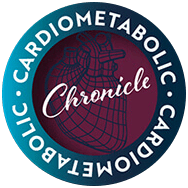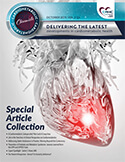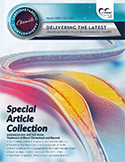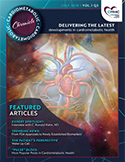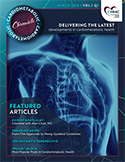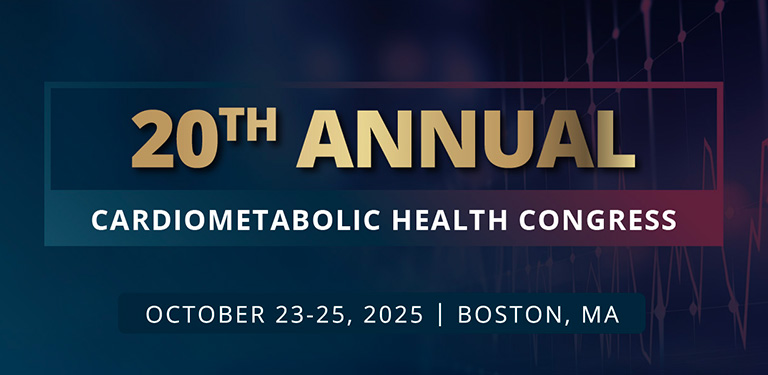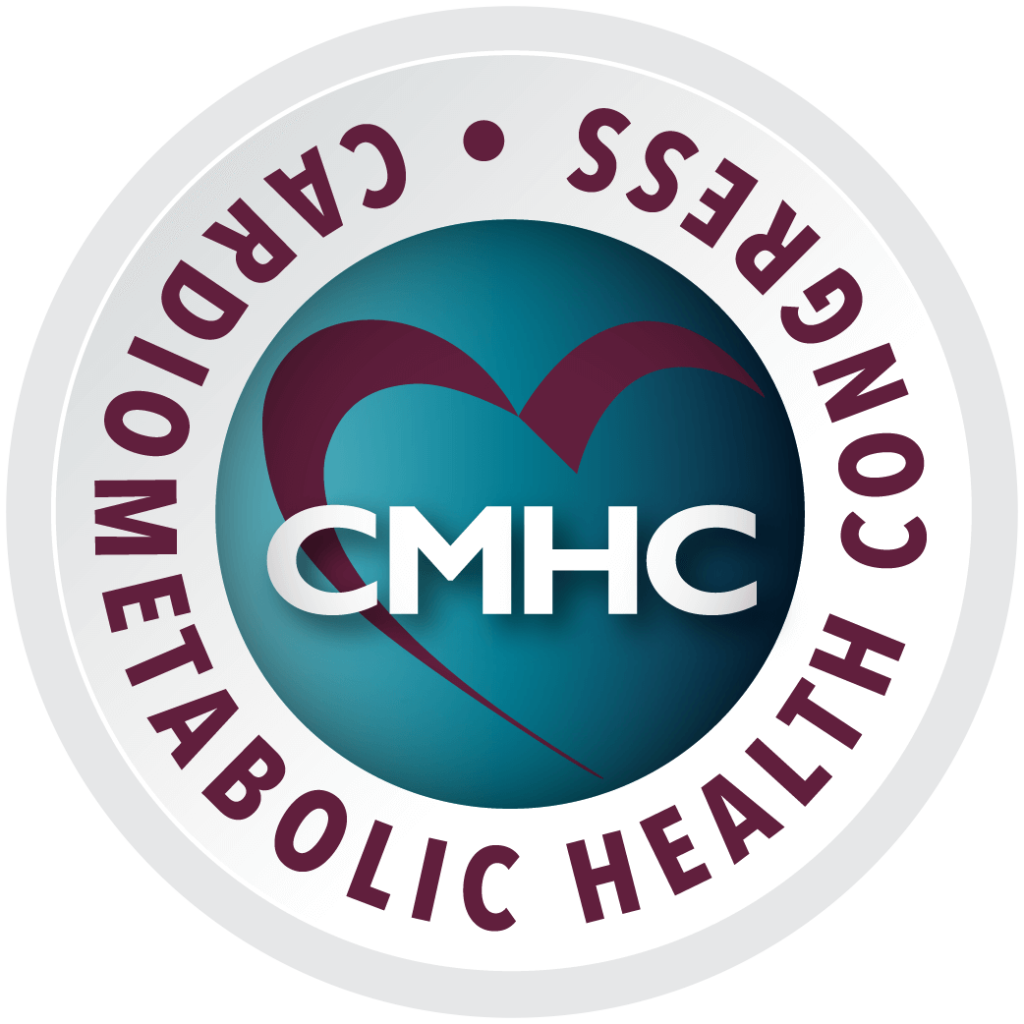The global epidemic of metabolic syndrome, a constellation of cardiometabolic risk factors, and that of obesity, type 2 diabetes, atherosclerosis, and cardiovascular disease (CVD) have become the modern-day health hazard across the world. In the US, the numbers are particularly striking. Even with the recent reports that the incidence of diabetes fell by 35% in the last 20 years1 , there are more than 30 million US adults living with diabetes, 1.5 million Americans are diagnosed with diabetes every year, and 84 million have prediabetes.2 The increasing prevalence of obesity (now estimated to affect more than 93 million, or nearly 40% of all US adults), high cholesterol (95 million US adults have cholesterol levels of >200 mg/ dL), and hypertension (46% of US adults using the new guidelines), together with type 2 diabetes (T2D) are some of the major drivers in cardiovascular morbidity and mortality, and altogether causing billions if not trillions of dollars to the US economy.3-5
At Cardiometabolic Health Congress, we have been at the forefront of looking at the whole spectrum of cardiometabolic disease, including obesity, diabetes, lipids, hypertension, cardiovascular disease, and practical ways to address them. We strive to synthesize and translate the latest developments across the different fields to promote evidence-based strategies to tackle this growing epidemic. As these diseases or risk factors exist in a continuum, they can’t be addressed individually or in a vacuum, which is unfortunately what tends to happen in clinical practice. As CMHC Chair Robert H. Eckel, MD and Michael J. Blaha, MD, MPH describe in a powerful editorial published in The American Journal of Medicine, “patients are shunted back and forth among cardiologists, endocrinologists, and primary care physicians—with uncertain “ownership” of different aspects of the patient’s care.” As such, meaningful change in patients outcomes continue to elude us, as the statistics above show


